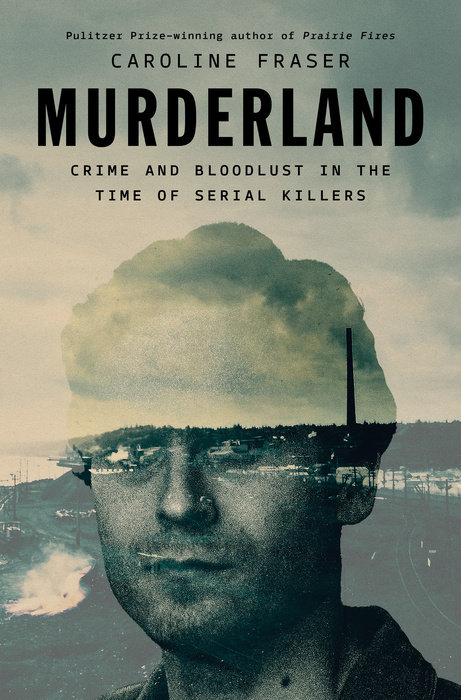By the time the Depression rolls around, Tacoma is so steeped in violence that it has become a birthplace of noir. There, in 1920, a broken-down Pinkerton detective named Sam Hammett, exhausted by wrangling with union agitators in the mining towns of Montana and Idaho, is wiling away dull hours in a tubercular ward by reading the local newspapers, replete with vice and crime.
Later, using his middle name, Dashiell, Hammett begins his first novel with a description of a town he calls Poisonville:
The city wasn’t pretty….The smelters whose brick stacks stuck up tall against a gloomy mountain to the south had yellow-smoked everything into uniform dinginess. The result was an ugly city of forty thousand people….Spread over this was a grimy sky that looked as if it had come out of the smelters’ stacks.
When he publishes his masterpiece, The Maltese Falcon, it contains a famous passage inspired by Tacoma. The mysterious bird of the title, which costs so many lives, turns out to be fashioned not of jewels but of lead.
Dark doings—abductions, intrigues—fill the Tacoma papers. In 1921, Henry Arthur Rust, William Rust’s twenty-year-old son, is picked up and held at gunpoint while walking to work. A bomb threat and ransom demand for $25,000 appears. But when Arthur is released unharmed, rumors fly that the whole thing was a plot contrived by the son to extort money from his father. The would-be kidnapper, Hugh Van Amburgh, whose father is a master mechanic at the Ruston smelter, knows Arthur and testifies to the hoax at his trial.46 Conveniently for Arthur, however, Van Amburgh recants months later, pleading an overindulgence in “moonshine” and temporary insanity.
The city gains national notoriety when nine-year-old George Weyerhaeuser, great-grandson of the timber dynasty’s founder, is seized off the street on May 25, 1935, as he leaves school on his way to meet his sister. His parents receive a ransom letter demanding $200,000. Waiting for a response, the kidnappers stash the child, chained, in a hole they have dug near Issaquah, a small agricultural burg on the shores of Lake Sammamish surrounded by Cascade foothills—Tiger Mountain, Cougar Mountain—burying him alive.
Nervous that authorities may be closing in, they soon pull him out, driving him to Spokane and then back again. After they collect their money, they leave the boy standing on a logging road at midnight with a dollar and a blanket. After walking for miles, George finds a farmer’s house and is restored to his family.
